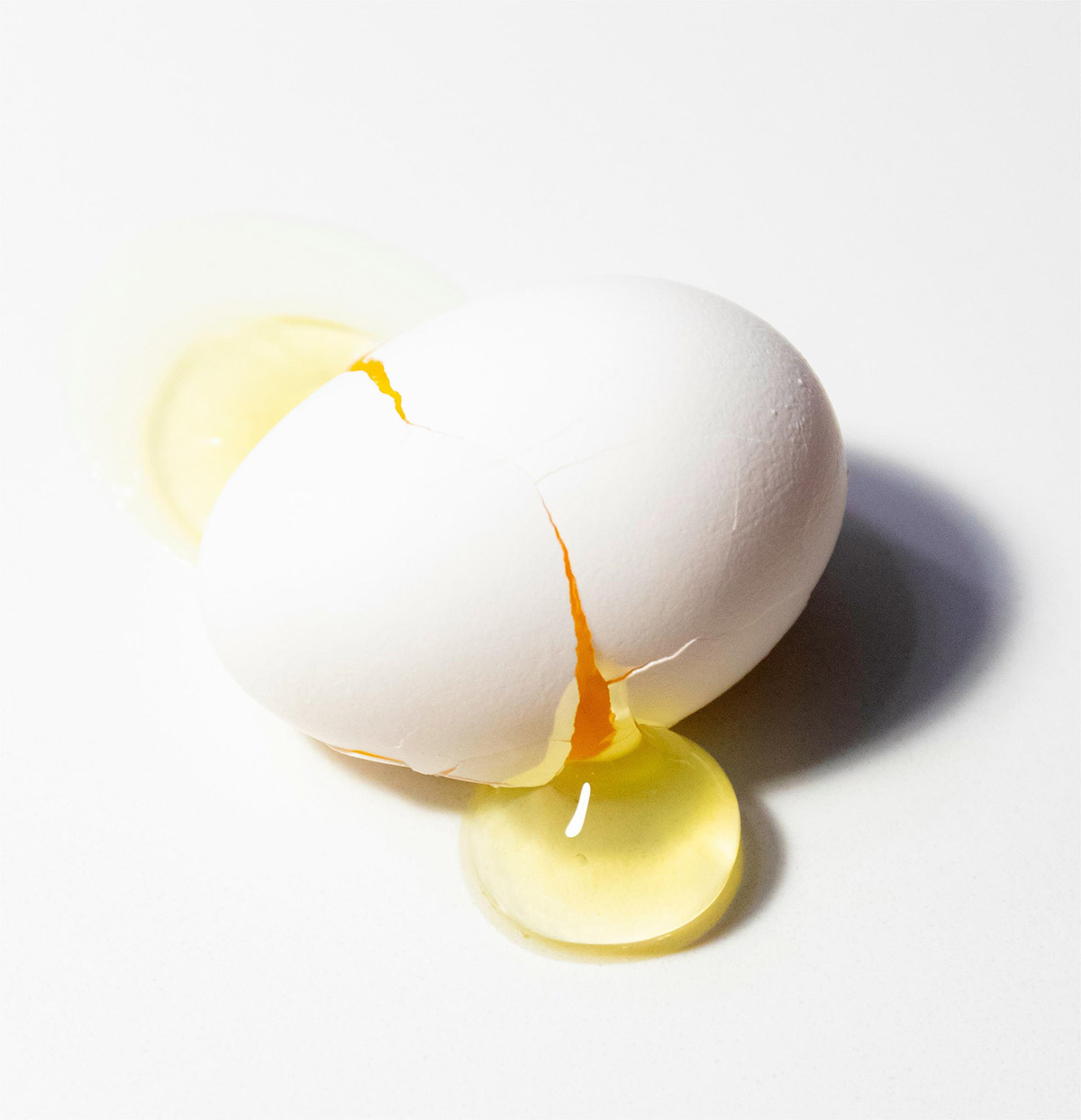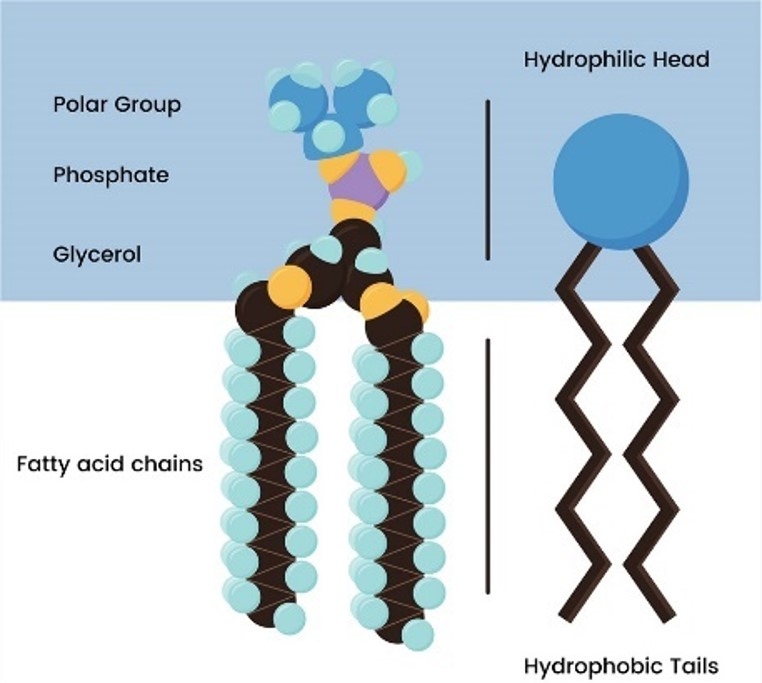Phospholipids are a class of lipids that contain phosphorus in their molecules and can be used as signal transmission messengers, emulsifiers, and stabilizers, and have received great attention in recent years because of their biochemical characteristics. Phosphatidylcholine is a kind of phospholipid, mainly derived from soybean and egg and is widely used as emulsifiers in foods, pharmaceutical and cosmetic products.

Phospholipids (PLs) are major constituents of cell membranes and play a crucial role in the biochemistry and physiology of the cell. They are widely used as emulsifiers in foods, pharmaceutical and cosmetic products. Commercially available PLs are isolated from soybean oil, sunflower oil and egg yolk. Among them, egg yolk is a good natural source of PLs.
Egg yolk lecithin contains 78% (w/w) phosphatidylcholine (PC), 18% (w/w) phosphatidylethanolamine (PE) and 2% (w/w) cholesterol. Phospholipids from natural sources comprise several acyl groups, the ratio of which depends on the source. A typical fatty acyl compositions of PC isolated from egg yolk are: palmitic (16:0; 33%), stearic (18:0; 11%), oleic (18:1; 32%) and linoleic (18:2; 9%). PC from egg yolk contains mainly saturated fatty acids and no sn-3 polyunsaturated fatty acids (PUFA), which is a good model of biofilm.
Phosphatidylcholine is an amphiphilic molecule consisting of a hydrophilic head and two hydrophobic tails. It is a type of phospholipid with a choline group inserted in the head. Similar to other phospholipids, PC contains two acyl chains at the sn-1 and sn-2 positions of the glycerol moiety, and the polar head group is attached to the position sn-3.
 Fig.1 The structures and shape of phospholipids.
Fig.1 The structures and shape of phospholipids.
High purity PC was previously separated using a two-step process (solvent extraction and column chromatography), which might be very time-consuming. To avoid these shortcomings, Creative Biolabs has established a one-step, simple, low-toxic purification method to separate neutral lipids (NL), and PC simultaneously from egg yolk lipids by column chromatography with short packed silica gel bed and single solvent.
Egg-PC is often combined with other ingredients to form a formulation that can be used for a variety of purposes. For example, some preparations include the formulation composed of egg-phosphatidylcholine (egg-PC) and cholesterol (Chol) with a neutral charge and some preparations include the formulation containing β-5-carboranyl-2-deoxyuridine, Leu-enkephalin with a negative charge, or adamantyltripeptides with positive charge.
Creative Biolabs is a leading service provider that focuses on phospholipids-based drug delivery system with our first-class technology and profound expertise. We offer a variety of phospholipid preparation services including, but not limited to, egg Phosphatidylcholine. Our service has the following characteristics:
As a leading source provider in the field of biological research and drug discovery, Creative Biolabs has a dedicated technical support team which consists of Ph.D.-level scientists with a wealth of hands-on research experience in both basic and applied research to help you achieve your objectives. If you would like more information, please feel free to contact us.
 For Research Use Only. Not For Clinical Use
For Research Use Only. Not For Clinical UseSupports
Online Inquiry

